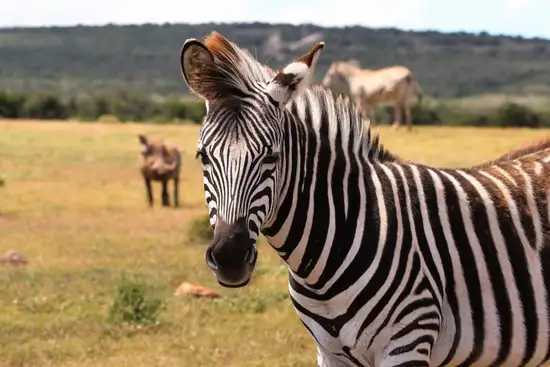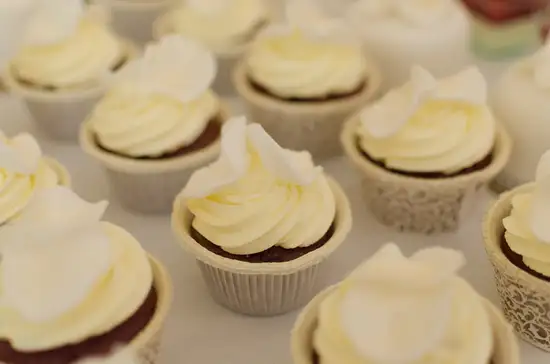Stephanie Cantrill
November 2022
It’s vs Its.
It’s complicated (ish).
 Image attribution: The wonderful Bec at
becmatheson.com
Image attribution: The wonderful Bec at
becmatheson.com
Ah, apostrophes.
They’re the punctuational equivalent of ball-kids at the tennis: you barely notice them except when the’yre in the wrong place. Or when theyre missing altogether.
But it’s and its can be particularly confusing, because sometimes what’s wrong looks right and vice versa.
So, if you’re keen, let’s investigate it’s vs its…
It’s not about grammar policing
First, I want to make it something very clear: I’m a grammar and punctuation
nerd. And I love spelling things right correctly.
However…
I’m not very good at the following things:
- Building houses
- Baking
- Remembering things (hence, writing)
- Yodelling
- Team sports
- Swimming
- Visual arts
- Mathematics with dollar signs
- And many, many others
And I hope you wouldn’t try to judge me as a person by watching me pull a dry, sunken cake out of the oven or hammering a nail on an angle.
If it was your area of interest, maybe you could give me a few tips on how to make cakes that aren’t crumbly? Or how to put nails in straight so the wood doesn’t split? Perhaps you’ve got some failproof tips to make my memory better? (I’m here for that, if you do.)
My point is that I’m not trying to judge. Grammar policing is unkind and can be snobby and even ableist, and I hope you know that’s not what I’m about.
What I am here for is to share an area of interest that might appeal to you if you want to know about it (or its, as it were).
If, however, you don’t want to read about the it’s and its conundrum – and I get that punctuation may not be everyone’s cup of Earl Grey – that’s perfectly fine.
Where did the apostrophe come from?
Well. We know that apostrophes can be used for two things: indicating possession and representing missing letters.
What we don’t know (or, at least, what I didn’t know) is that the two uses of apostrophes were, back in the day, kind of the same thing…
In the early days, those missing letters weren’t just the ones we’re familiar with now, like the o in didn’t or the i in ‘tis. There were others, like o’er and ne’er – both of which make me think of Christmas carols and therefore have me craving mince pies – that let the reader know not to pronounce the letter/s the apostrophe was standing in for.
The apostrophe of possession: an origin story
(What follows is something I discovered in Mark Tredinnick’s The Little Green Grammar Book. I found it rather fascinating. I hope you do too.)
When the apostrophe first came into usage around the 16th or 17th century, it was primarily (and only?) used for missing letters. Possession, on the other hand, was indicated through the addition of the letters es.
So, for example, the cook’s kitchen – i.e., the kitchen belonging to the cook – would be written as the cookes kitchen. No need for extra markings because the es was doing the job. And they even pronounced it, so it would’ve sounded like ‘the cook-ehs kitchen.’
Eventually they dropped the extra syllable, and printers decided they should add in an apostrophe to indicate the dropped e.
So the possessive apostrophe was actually a mark of omission. Just like the ones in don’t and can’t, or o’er and ne’er from the old yuletide gems.
Which kind of clears that up a bit, or at least gives it some backstory.
How to get it right with it’s and its
But the plot thickens on the possessive apostrophe.
Because, and here’s the crux of this whole thing, the apostrophe in it’s never indicates possession.
If you want to talk about something ‘belonging to it,’ use its. For me, it helps to remember that equivalent pronouns like hers, theirs, ours etc. don’t have apostrophes. Even though they’re different kinds of pronouns. But let’s not dwell on that too much…
Here are some examples of its as possession:
Its leaves are the leaves belonging to a particular tree.
The oak tree is super impressive. Its leaves are huge and change colour in autumn.
Its mane is the mane of an animal.
See that zebra over there? Its mane is braided, for some reason.
Its meaning is the meaning of a thing.
The apostrophe is fascinating. Its meaning has changed over time. Who knew? Aren’t they just magnificent creatures? Unbraided mane on this one, which is probably its preference.
Aren’t they just magnificent creatures? Unbraided mane on this one, which is probably its preference.Image attribution: Magda Ehlers pexels.com
So what’s it’s about?
Ok, so we’ve established there’s no apostrophe for ownership in its.
But.
What it’s for?
Answer: it’s is used for it is or it has. And that’s, well, kind of it.
If, when you expanded what you’re saying into its full form, you’d actually be saying ‘it is’ or ‘it has,’ then it’s has an apostrophe.
It is:
It’s a very nice tree. May it live a long and full life.
(It is a very nice tree. May it live a long and full life.)
It has:
Oh no! The braided zebra – it’s escaped!
(Oh no! The braided zebra – it has escaped! (Also, good for the
zebra. I wish it well in the wild.))
Is it its’? No, it never is
I don’t know where this came from. But to be clear, its’ isn’t a word.
It’s its, sometimes (and other times, it’s it’s)
So that’s it then! Or, you could say, that’s its. And it’s.
Quick recap:
Its = ‘belonging to it’
It’s = ‘it is’ or ‘it has’
And the apostrophe has a history that I didn’t know about before, so hopefully we’ve all learned something new!
Do you want a self-confessed grammar nerd to write some copy for you? If so, feel free to get in touch.
Yes please - let’s talk copy and content! Here’s an example of some baking I definitely didn't do.
Here’s an example of some baking I definitely didn't do. Yuuuuuum. Is it Christmas yet?
Yuuuuuum. Is it Christmas yet? The cookes kitchen, perhaps?
The cookes kitchen, perhaps?